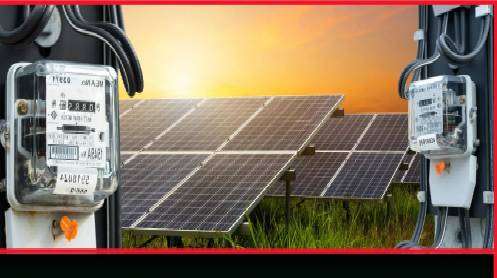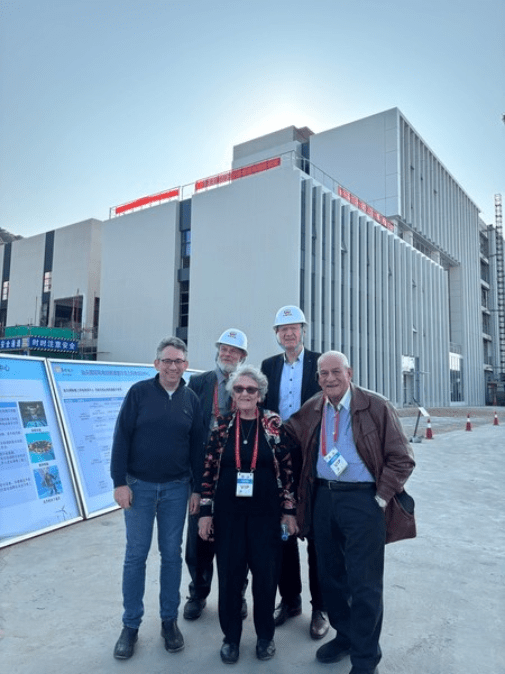ISLAMABAD: Pakistan is set to add 2,633 megawatts (MW) of energy through solar net metering in fiscal year 2025-26, marking a significant leap in decentralized renewable power generation. Despite already having surplus installed capacity, the national grid will see a total addition of 2,800 MW—over 94% of which will come from net-metered solar systems.
According to the Annual Plan 2025-26, the country’s installed power generation capacity is projected to rise to 44,626 MW by June 2026. The number of net metering users is expected to increase by nearly 198,000, contributing significantly to Sustainable Development Goals (SDGs) by promoting renewable energy use and enhancing grid stability.
The generation mix by FY26 is forecasted to consist of 50.5% renewable sources—such as hydel, solar, wind, and bagasse—and 49.5% thermal, including coal, gas, RLNG, oil, and nuclear energy.
The power sector is slated to receive Rs161.6 billion in public investment through the PSDP for FY26, funding 63 key projects across generation, transmission, and distribution—excluding IPPs. This includes initiatives to electrify over 15,000 villages and provide 1.86 million new consumer connections.
Transmission infrastructure will also be upgraded with added capacity of 5,550 MVA (500kV), 4,710 MVA (220kV), and 1,300 MVA (HVDC), supported by extensions of over 660 kilometers of transmission lines. New grid stations at 765kV and 220kV levels will also be constructed.
These developments fall under the government’s Uraan Pakistan initiative, aligned with SDGs, climate commitments, and the National Electricity Plan (2023-27), which focuses on diversification, resilience, affordability, and sustainability. Complementary policies include the ARE Policy 2019, which targets 30% renewable energy share by 2030.
Modernization efforts include deploying battery energy storage systems and 400 MVAR reactive power devices to enhance grid flexibility and reliability across the NTDC network.
Story by Zafar Bhutta







